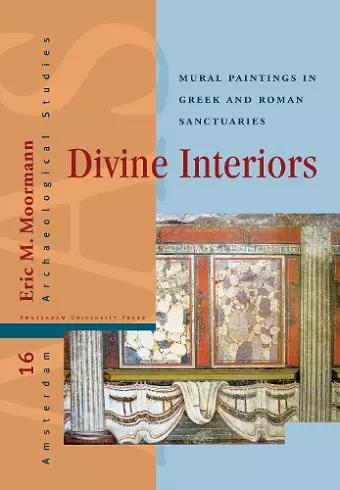Divine Interiors
Mural Paintings in Greek and Roman Sanctuaries
Format:Hardback
Publisher:Amsterdam University Press
Published:29th Dec '11
Should be back in stock very soon

This non-fiction hardback, "Divine Interiors" from Eric Moormann, was published 29th December 2011 by Amsterdam University Press.
ISBN: 9789089642615
Dimensions: unknown
Weight: 1361g
268 pages